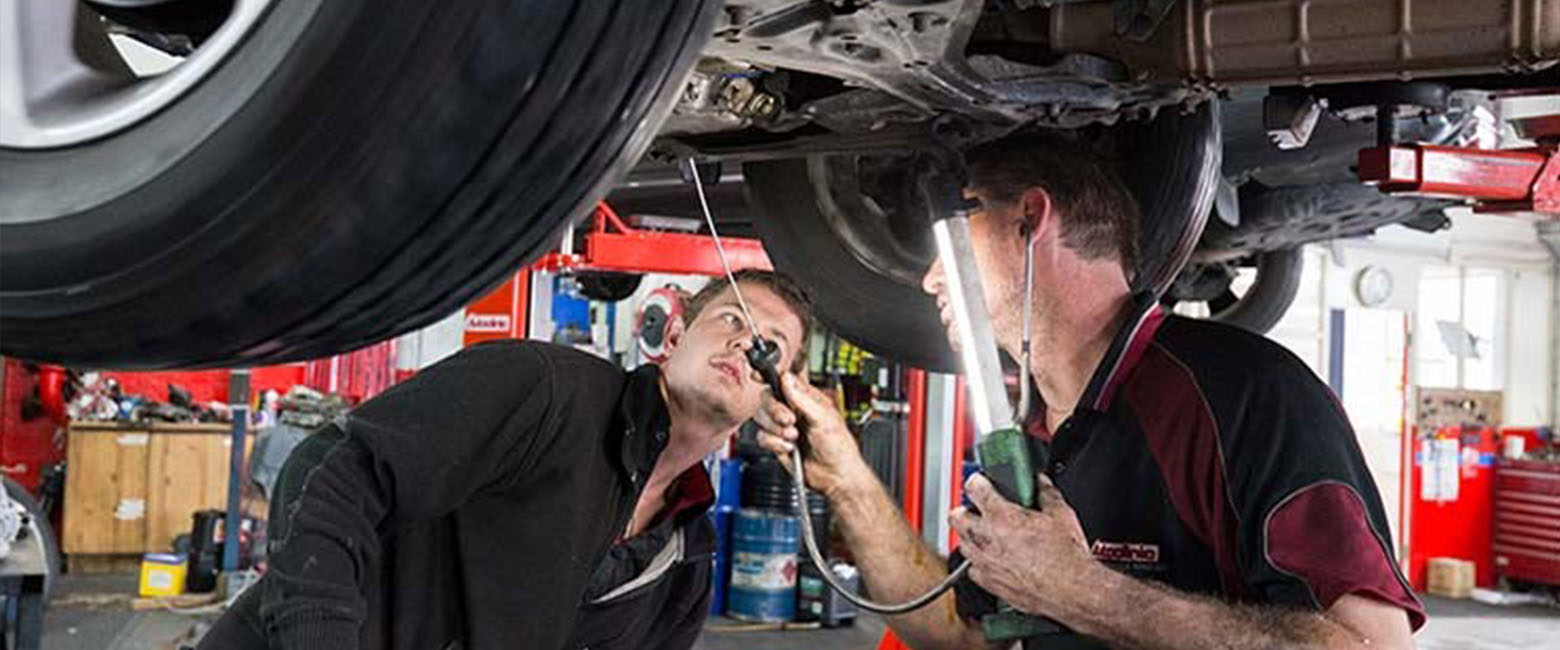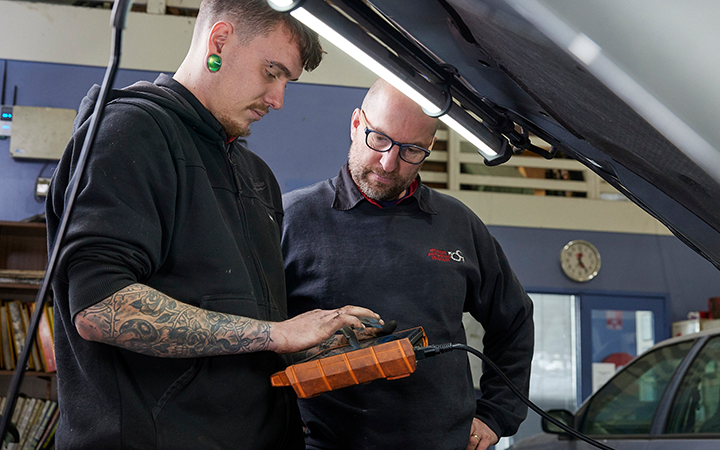If you manage your own workshop, you’ll know how hard it is to find time for a holiday.
For many owners, taking a break means closing the doors completely for a couple of weeks – probably during January, when the rest of the country seems to be on holiday, too – and spending the whole time worrying about the impact on your cash flow.
But it is possible to take a carefree break. In fact, it’s important that you do: we all need to step away from the frontline and refresh ourselves sometimes. And you shouldn’t need to close the workshop to do it.
It’s all about getting your systems and procedures in place and giving your staff the responsibility to run the business.
Here are some tips on how to prepare your business to run without you.
1. Document the procedures
Create and clearly document the systems, policies, and procedures team members need to follow. Without this documented guidance, they will just do it their way and that can only lead to frustration and confusion. The core processes that must be documented include:
- Taking bookings
- Greeting customers
- Ordering stock
- Preparing invoices.
2. Build a responsibility schedule
There are four very distinct roles in a workshop – owner, technician, service advisor and administrator. In a larger business these roles may be performed by different people, while in smaller workshops one person might be responsible for multiple roles.
List the tasks for each of the roles. For example, the service advisor will be responsible for answering the phone, taking bookings, greeting customers and processing invoices. The completed schedule then serves as a checklist of the additional tasks that staff members will be required to undertake while you’re on holiday.
3. Train your staff
Don’t expect staff to immediately take on extra or new responsibilities the day you walk out the door on holiday. Take the time to train them. If a technician is going to take on your service advisor role while you are away, swap roles for a week so they gain experience in the role and can ask you for advice while you’re still in the building.
4. Appoint someone to be in charge
Someone has to take on leadership responsibility. Without a nominated leader in charge, it becomes too easy for staff to avoid taking responsibility for anything. Decisions still must be made in your absence, so your appointed leader will be responsible for making those decisions and dealing with issues the best way they can. Once you have selected the leader, make sure that all staff members are aware of the decision.
5. Set realistic targets
If there are four people actively working in a business and one is away, you essentially have lost 25 per cent of your workforce. Realistically, you must expect output and sales will be down. However, this does not mean that the business can’t operate profitably. Breaking even should be considered a worst-case scenario.
Sit down with your appointed leader and set realistic targets that might cover a range of variables, such as the number of vehicles per day or week, dollar sales and technician productivity.
6. Ask for extra commitment from staff
A holiday really isn’t a holiday if your team members are constantly calling you for advice. When you’re on holiday, your job is to relax and forget work.
Ask everyone to make an extra effort to come to work on time, support each other and work extra hard to make the business run as smoothly as possible.
Ensure key team members have had a holiday recently themselves. You need to time their holiday schedules so they don’t get burnt out and need a holiday just as you start packing your bags.
If you want the freedom that should come with being a business owner, make sure you prepare the business so it can run without you for a week or two.
Ready for a break? Book your next holiday with Capricorn Travel.


